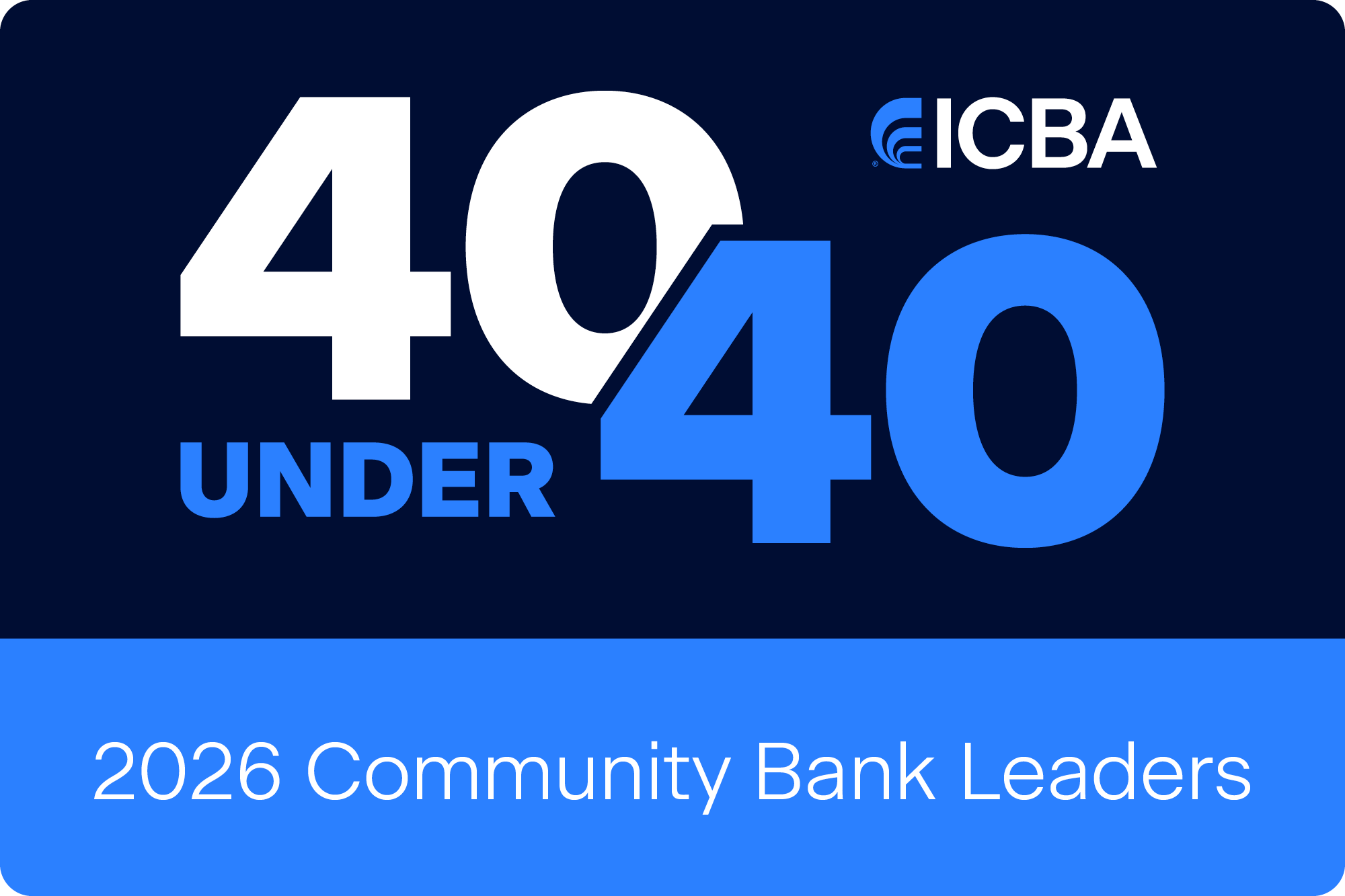Independent Financial asked what its community needed most, then undertook an innovative approach to supporting public health.
Independent Financial: A New Model for Expanding Healthcare Access
November 01, 2024 / By Thomas Warren
Independent Financial asked what its community needed most, then undertook an innovative approach to supporting public health.
Name:
Independent Financial
Assets:
$18.9 billion
Location:
McKinney, Texas
Independent Financial in McKinney, Texas, set out looking for social problems it might be able to address within its local community, and bank leadership came away with a clear objective to find ways to support accessible healthcare within the bank’s served community.
As part of this objective, the $18.9 billion-asset community bank took steps to advocate for and fund the establishment of a new local clinic in McKinney. In doing so, Independent Financial hit on a distinct model for healthcare lending and expanding healthcare access, tapping into the kind of expertise unique to community banks.
It all began a decade ago, when Independent Financial chairman and CEO David Brooks turned to James Tippit, EVP and head of corporate responsibility, to identify the most pressing needs of its local community. Tippit, who served on the local homeless coalition board and met with roughly 60 area nonprofits, said all signs kept pointing to healthcare access.
“I came back to David and said, ‘Here’s the problem,’” Tippit recalls. While the healthcare challenge was sizable, Independent Financial was ready to meet it.
Finding the answer in FQHCs
In 2015, Independent Financial began to research federally qualified health centers (FQHCs), nonprofit primary care clinics that receive cost-based Medicaid reimbursements for focusing on medically underserved areas. Higher reimbursements allow FQHCs to provide care to uninsured and underinsured individuals.
Independent Financial teamed up with an FQHC operator in north Texas and devoted its community development efforts to developing McKinney’s own clinic. In 2018, the two organizations established a new FQHC in existing medical offices—but the clinic soon outgrew its available space.
To build a new structure that could meet patient demand, Independent Financial put up $2.5 million and convinced the city of McKinney to make a matching grant. The bank also attracted private capital through the federal New Markets Tax Credit Program, which incentivizes equity investments by permitting individual and corporate investors to receive a tax credit against their federal income tax.
Independent Financial also provided a loan to help finance the building. The health center repays the loan to the North Texas Family Health Foundation, a real estate holding company structure that owns the center and is guided by a board that Tippit heads.
The result of all these efforts was the Family Health Center on Virginia, a 25,000-square-foot complex. Occupying four two-story buildings connected by breezeways with gabled roofs, the facility has been featured in the pages of Healthcare Design and Architect magazines.
“We didn’t invent the FQHC model, but we took that model to another place,” says Tippit. “We were the idea behind the process, and we utilized our connections—what community banks do. We called our friends and our community leaders and brought this opportunity in front of them and said, ‘Look, this is a chance for all of us to co-invest.’”
A self-sustaining model
The collaboration allowed participants to make a meaningful impact on local access to healthcare beyond what would have been possible through charity alone.
“At the time we did the initial research back in 2015, if you were going to provide for healthcare for uninsured people on a charity basis alone, it would be a $16 million annual fundraise,” Tippit says. “How is that going to work? So, this one is a self-sustaining model that utilizes Medicaid payments and some capital injection from communities to build buildings. … [Now] you can treat uninsured patients; you can pick up the volume.”
The Family Health Center on Virginia has experienced 150% growth in patient volume since opening in 2019, with year-over-year average increases in unique patients and clinic visits topping 30%. In 2023, the center saw more than 7,700 underserved patients for prenatal visits, well-child checkups, vaccinations, behavioral health and dental services.
The impact is widespread, reducing hospital utilization, relieving overcrowding in local emergency rooms, ensuring follow-up care for chronic conditions and lowering healthcare costs for those who are privately insured.
A replicable model
Tippit says the project could serve as a model for other community banks looking to tackle healthcare challenges in their communities. “That was always the dream: not just to do it for our community, but to do it in a way that says, ‘This is replicable,’” he says. “You can take this to almost any community, any community bank, any area.”
Aside from Independent Financial’s collaborative approach with other stakeholders and its ability to tap into the FQHC and New Markets Tax Credit programs, its proactive approach to a major societal challenge is what stands out.
“Starting the conversation with groups on how to solve the problem, versus someone coming to you and saying, ‘Hey, would you do this?’ was, I think, unique,” says Tippit, noting that the McKinney city council and other government officials in Texas have since reached out for insights on tackling other issues.
Similarly, being a banker opens doors to potential partners that are not always available to nonprofit groups seeking donations, Tippit says, noting that he will often make introductory calls on behalf of other nonprofit partners.
“I have a little bit of a leg up,” he says. “I can call, and they will take my call. And that’s where I think banks can leverage their resources and connections on behalf of projects.”
Subscribe now
Sign up for the Independent Banker newsletter to receive twice-monthly emails about new issues and must-read content you might have missed.
Sponsored Content
Featured Webinars
Join ICBA Community
Interested in discussing this and other topics? Network with and learn from your peers with the app designed for community bankers.
Subscribe Today
Sign up for Independent Banker eNews to receive twice-monthly emails that alert you when a new issue drops and highlight must-read content you might have missed.
News Watch Today

Join the Conversation with ICBA Community
ICBA Community is an online platform led by community bankers to foster connections, collaborations, and discussions on industry news, best practices, and regulations, while promoting networking, mentorship, and member feedback to guide future initiatives.













